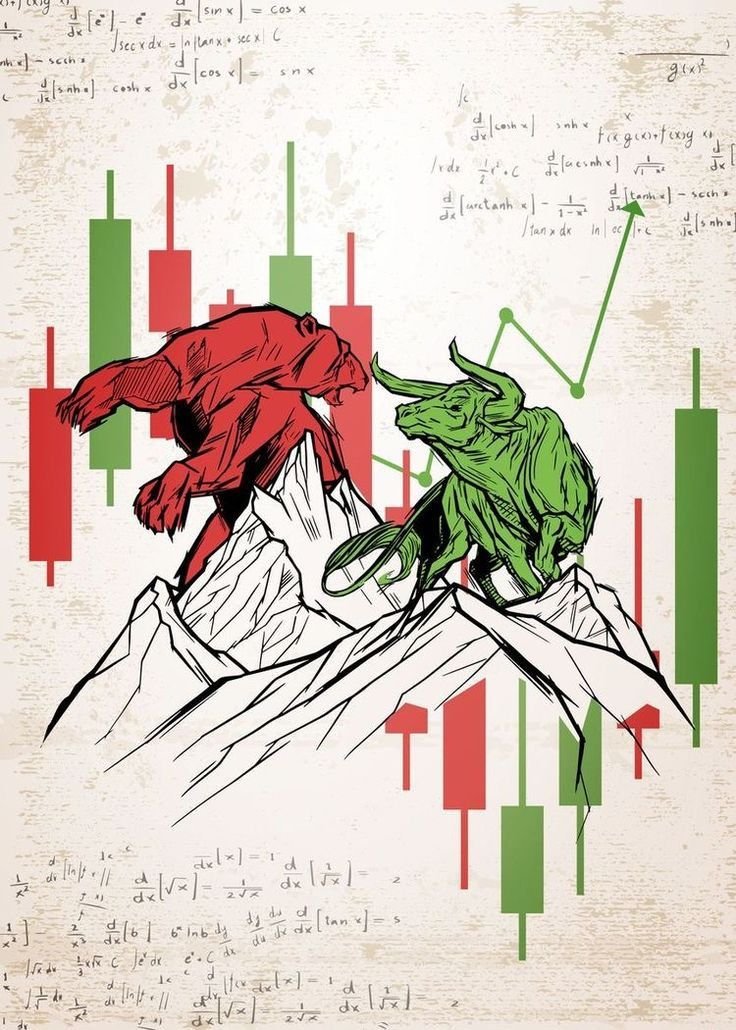Investing in the stock market is one of the best ways to build wealth over time. Whether you’re planning for retirement, saving for a big purchase, or just looking to grow your money, the market offers different options to match your goals. Two popular ways to invest are through ETFs (Exchange-Traded Funds) and individual stocks. Each option comes with its own benefits and challenges. Understanding these differences can help you decide which strategy fits your needs better.
What Is ETF Investing?
ETFs are funds that trade on stock exchanges just like regular company stocks. Each ETF holds a collection of assets such as stocks, bonds, or commodities. Many ETFs follow a specific market index like the S&P 500 or NASDAQ 100. When you buy an ETF, you’re essentially buying a small piece of all the investments in that fund. This allows you to spread your money across many companies with just one purchase.
Key Benefits of ETF Investing
-
Diversification
ETFs let you invest in many companies at once. This reduces the risk of losing money if one company performs poorly. -
Easy Trading
Since ETFs trade like stocks, you can buy and sell them throughout the trading day at market prices. -
Low Costs
Most ETFs charge lower fees compared to mutual funds. You also save money on trading costs because you don’t need to buy many individual stocks. -
Transparency
ETFs regularly show which assets they hold. You can easily track where your money is invested. -
Wide Variety
You can find ETFs that focus on specific industries, countries, or investment styles. This gives you the ability to tailor your portfolio to your interests and goals.
Downsides of ETF Investing
-
Less Control
You cannot choose the individual stocks in the ETF. The fund follows a preset index or strategy. -
Tracking Errors
Sometimes an ETF’s returns may not perfectly match the index it aims to follow due to fees and other factors. -
Overpriced Funds
Popular ETFs may become too expensive during market highs. If you buy at the wrong time, you might face losses. -
Higher Fees for Niche ETFs
Some ETFs that focus on specific sectors or themes may charge more than standard ones. Always check the expense ratio.
What Is Stock Investing?
Stock investing means buying shares of individual companies. When you buy a stock, you become a partial owner of that company. Stocks can grow in value over time, and some companies also pay dividends (a portion of profits) to shareholders.
Key Benefits of Stock Investing
-
Higher Potential Returns
If you pick the right companies, your investment can grow more than it would in an ETF. -
Control Over Your Portfolio
You can choose which companies to invest in and how much to invest in each one. -
Dividend Income
Some companies pay regular dividends. This can give you a steady income stream. -
Active Management
You can respond to market trends, news, or changes in a company’s performance by buying or selling stocks anytime. -
Ownership Perks
As a shareholder, you may get voting rights and can attend shareholder meetings.
Downsides of Stock Investing
-
Higher Risk
Stocks can be very unpredictable. If a company performs poorly, you can lose a lot of money. -
Lack of Diversification
Investing in a few companies puts your money at greater risk if any of them struggle. -
Time-Consuming
Picking and monitoring individual stocks takes time and effort. You’ll need to stay updated on company news, market trends, and financial statements. -
Market Volatility
Stock prices can swing sharply due to economic events, company news, or investor sentiment. -
Higher Trading Costs
Buying and selling many individual stocks can lead to more transaction fees, especially if you trade frequently.
ETF vs. Stocks: How to Decide
There’s no right or wrong choice between ETFs and stocks. The best option depends on your goals, risk level, time commitment, and experience.
When ETFs Might Work Best for You
-
You want instant diversification with just one investment.
-
You prefer a more passive, hands-off approach.
-
You have limited time or experience in analyzing individual companies.
-
You want to avoid the stress of daily market swings.
-
You are looking for a cost-effective, long-term strategy.
When Stocks Might Suit You Better
-
You enjoy researching companies and analyzing financial data.
-
You want more control over your investments.
-
You aim for higher returns and are willing to take more risk.
-
You’re interested in dividend income from specific companies.
-
You have the time and interest to manage your portfolio actively.
Mixing Both Strategies
Many investors choose to combine both ETFs and stocks in their portfolios. This approach gives you the best of both worlds: the stability and diversification of ETFs, along with the growth potential of hand-picked stocks.
For example:
-
You can use ETFs for your core investments (like S&P 500 or international markets).
-
Then, add stocks of companies you believe in for additional growth opportunities.
This combination can help you balance risk while aiming for higher returns.
Final Thoughts
Investing in the stock market requires thoughtful planning. Whether you choose ETFs, stocks, or both, always focus on your long-term goals, understand your risk tolerance, and stay informed. Remember:
-
ETFs are a great way to build a low-cost, diversified portfolio with less effort.
-
Stocks offer more control and potential rewards but need more attention and come with higher risks.
Take the time to learn, stay consistent with your strategy, and avoid emotional decisions. Over time, smart investing—regardless of the method—can help you build wealth and achieve your financial goals.




